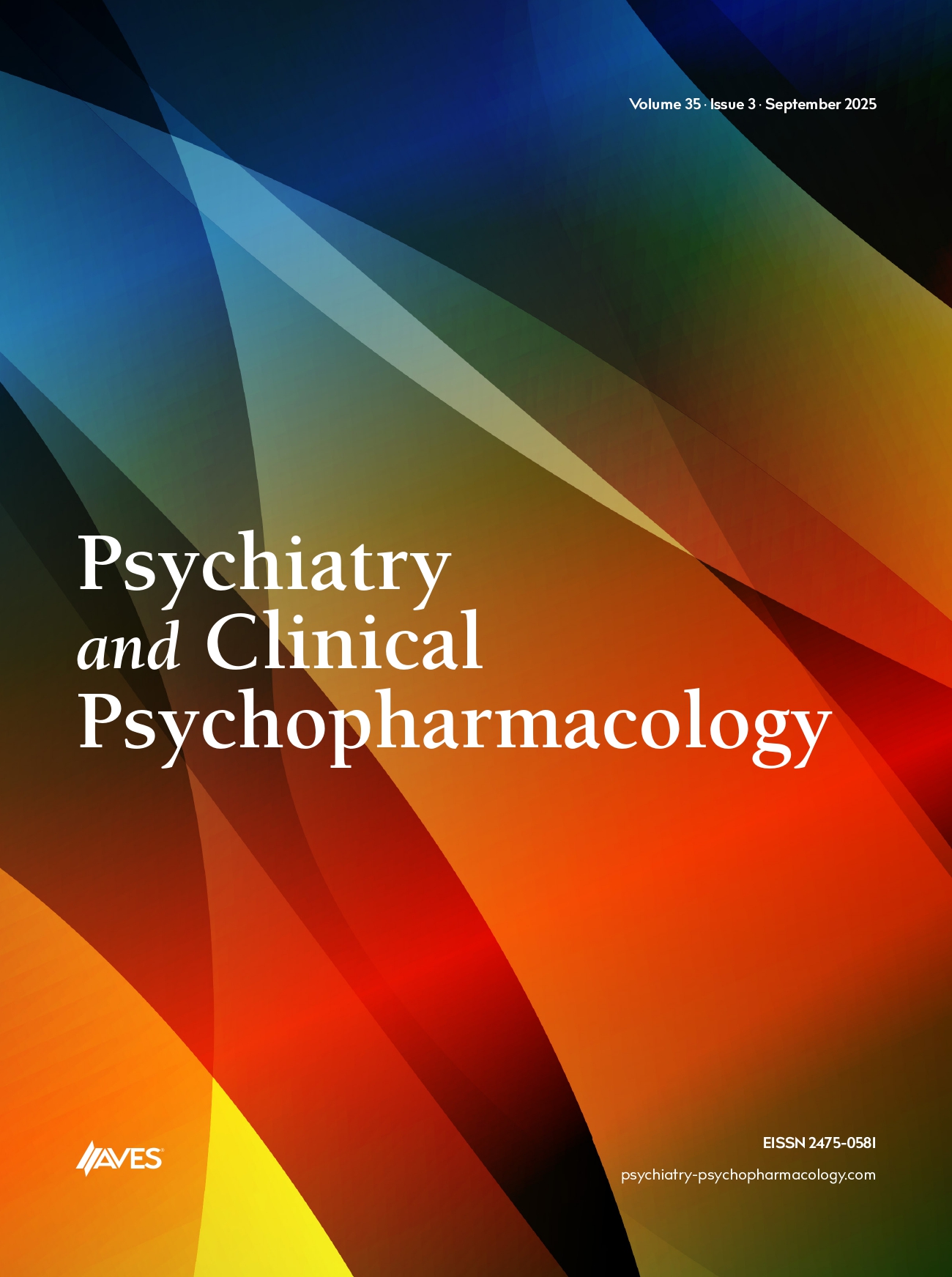Hyperkinetic movement disorders include tremors, dystonia, chorea, ballism, athetosis, tics, myoclonus and startle syndromes, hemifacial spasm, stereotypies, akathisia, and various other movement disorders Tics are abrupt, usually brief, and often repetitive and stereotyped movements, which vary in intensity and are repeated at irregular intervals. Tetrabenazine depletes presynaptic dopamine and serotonin stores and blocks postsynaptic dopamine receptors. In clinical studies, tetrabenazine has been found to be effective in a wide range of hyperkinetic movement. On August 15, 2008 the U.S. Food and Drug Administration (FDA) approved the use of tetrabenazine to treat chorea associated with Huntington’s disease (HD), for the first time in US. But its use for TD is considered off-label.
Case: A 15-year-old male was brought in for persistent motor tics, hand washing obsession and sniffing behavior. Although he was treated by several psychiatrists with several drugs, his symptoms persisted. Obsessive behaviors started at primary school. He started to check the items, which are in his school bag and didn’t like what he wrote and wipes his home works for many times. After a period of time, he began to smell everything before using, hand washing and began to wipe where he wanted to sit. After a throat infection, his body started to jerk. After 3 weeks of using penicillin the problem continued. After an EEG, carbamazepine, valproate sodium, oxcarbazepine, clonazepam, phenytoin and lamotrigine were prescribed, respectively but with the use of these drugs the jerks increased. The patient diagnosed to have PANDAS, gave a partial response to IVIG and steroid therapy for a few months. Risperidone, haloperidol ve clomipramine and paroxetine were started for his obsessions and tics. But there was no improvement. It was seen that the patient’s jerks and tics decreased in the form of combination therapy with tetrabenazine (50 mg/day), aripiprazole (10mg/day) and clonazepam (0.75 mg/day).


.png)
.png)